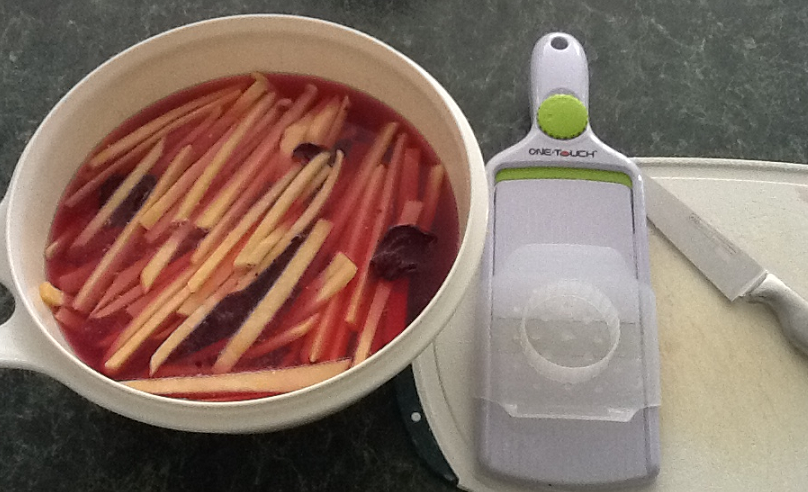Another Reason to Read Food Labels
I have a recipe for fish baked in curried coconut milk that we just love. It turns cheap frozen fish fillets into a expensive tasting meal.
I make it often. I made it yesterday for supper and it was great. (I ate the leftover sauce, all of it, oink, oink.)
Then suffered for my gluttony. Drenching night sweats, and this morning my lower legs and ankles are swollen. I should have read the fish label. Silly me, I thought frozen fish fillets were, like, frozen fish fillets. WRONG!
Raw Frozen Basa Fillet contains: Pangasius (Basa, I assume), sodium-tripolyphosphate, salt and water.
Time for an internet search!
Wikepdia: (click to read more)
Sodium triphosphate (STP, sometimes STPP or sodium tripolyphosphate or TPP,[1]) is an inorganic compound with formula Na5P3O10. It is the sodium salt of the polyphosphate penta-anion, which is the conjugate base of triphosphoric acid. It is produced on a large scale as a component of many domestic and industrial products, especially detergents. Environmental problems associated with eutrophication are attributed to its widespread use.
Sodium tripolyphosphate (STPP) is a chemical that has many uses in industry, ranging from an ingredient in cleaning products to a food preservative. Also known by alternate names like pentasodium salt or triphosphoric acid, the substance falls into the classification Generally Regarded As Safe (GRAS), which means that past use of the chemical has presented no risk to health. It can also be found in some paints and ceramic products, among other uses.
www.foodandwaterwatch.org (click this link for an informative PDF)




